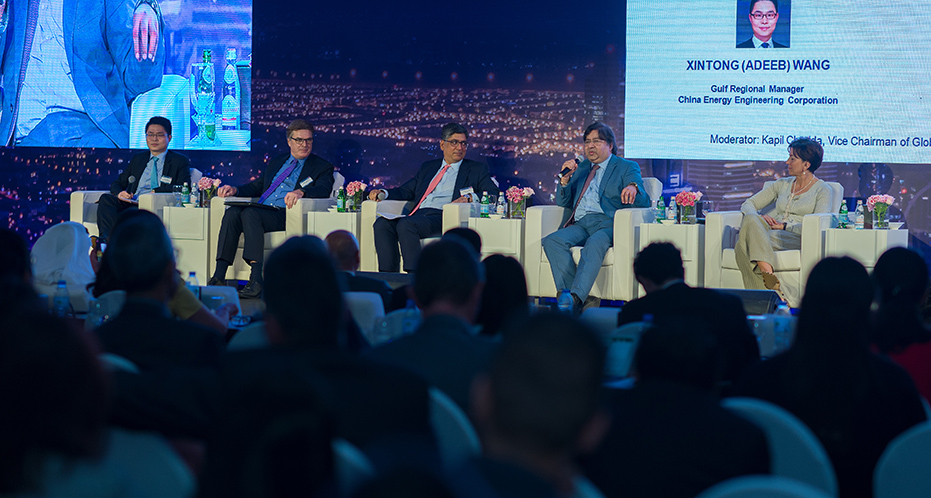Driving commercial and political engagement between Asia, the Middle East and Europe
Driving commercial and political engagement between Asia, the Middle East and Europe
Driving commercial and political engagement between Asia, the Middle East and Europe

Fast-paced trade growth between China and the United Arab Emirates (UAE) is a standout example of what can happen when
countries collaborate.
Bilateral trade between the two countries hit US$53 billion in 2017, a 15 per cent increase on the year before, and is forecast to double over the next decade.
That this is happening at a time of rising trade tensions and prote
ctionism elsewhere in the world is a true indication of what can happen in an environment that supports inward investment, entrepreneurship and is focused on the future.
We are seeing results across a wide range of sectors.
Chinese property investors are now among the top four foreign nationalities who invest in the Emirates. According to industry research, the UAE saw a 245 per cent increase in Chinese tourists in Q3 last year and double digit annual growth is forecast until 2022, and the number of UAE businesses seeking to expand into China is also an upward trend.
HSBC’s Navigator: Made for China survey says that nearly half of UAE businesses already doing business with China plan to grow sales there in the next three to five years. A further 10 per cent of UAE companies yet to enter the Chinese market will prioritise expansion in the country.
The attraction of the UAE is not surprising. Ambitious economic transformation agendas are driving the diversification and development of economies across the Middle East, creating millions of new jobs and new consumers with new wealth to invest and spend. The UAE is at the forefront of this shift.
The country’s economy is the product of the careful calibration of vision, focus, planning, investment and execution. The result is the Middle East’s most diversified economy, powered by a “smart” development agenda.
Add to that its positioning as a global financial market which connects businesses on three continents, and the UAE has become a crucial gateway for two-way trade for the region – as well as with Asia, Europe, Africa and the rest of the world.
But what makes it more promising still is that the UAE is a key connection point for China’s Belt and Road Initiative (BRI).
This is an area where we expect to see significant growth – only to be boosted by Dubai’s Silk Road strategy that will seek to develop the Emirate’s logistics sector as it cements its status as a strategic link in global trade.
By 2030, over half of all BRI-related projects are anticipated to be funded by private capital, multilateral banks and foreign governments. The UAE and the Middle East have certainly been playing their part.
As of December 2018, an estimated US$3.5 trillion worth of projects were planned across the region, of which US$640 billion were from the UAE.
With the vast number of proactive policy developments to facilitate even greater trade and foreign investment, China and its corporates have been quick to pay attention and remain at the forefront of delivering many of these.
Over US$65 billion of these projects are on the radar of Chinese companies. The UAE’s Khalifa Port already expects to double the number of containers it handles this year with the help of China’s Cosco Shipping Ports.
Meanwhile China is one of the largest investors in Egypt’s New Suez Canal Zone – with an industrial zone covering 481 square km and six ports – and its state grid is now expanding the country’s electric transmission network.
Oman hosts various Chinese investments, one of the largest being the US$10 billion China-Oman Industrial City located in the Special Economic Zone in Duqm.
And Turkey, a founding member of the Silk Road Fund and the Asian Infrastructure Investment Bank, is a significant partner for China and the BRI given it bridges Europe and Asia.
It is clear that the UAE and the Middle East sit at the heart of connectivity, a type of connectivity that global trade needs to succeed. If China and the UAE continue to collaborate in the way that they have been, then the two stand to play a powerful role in how trade will shape the future.
